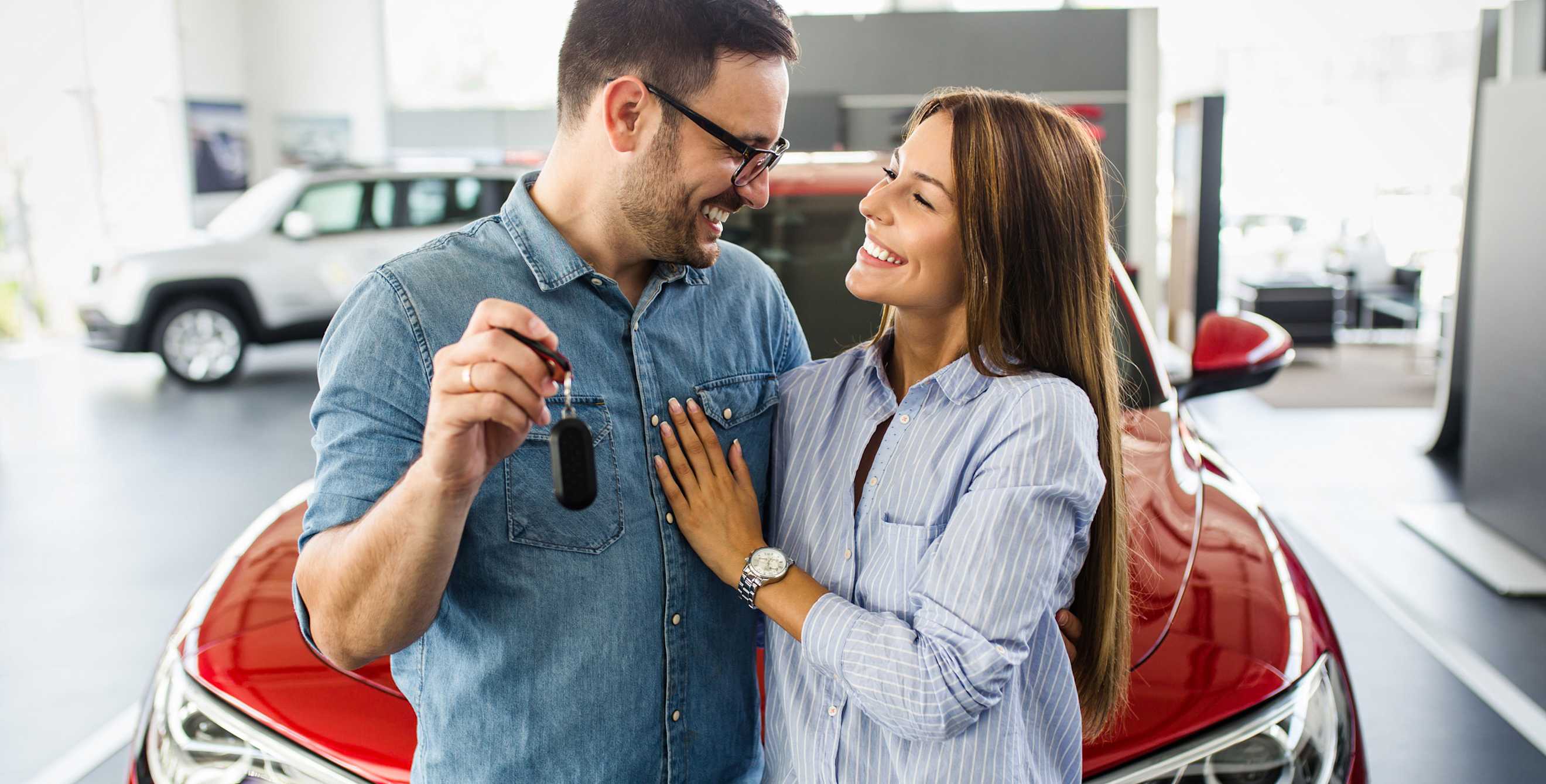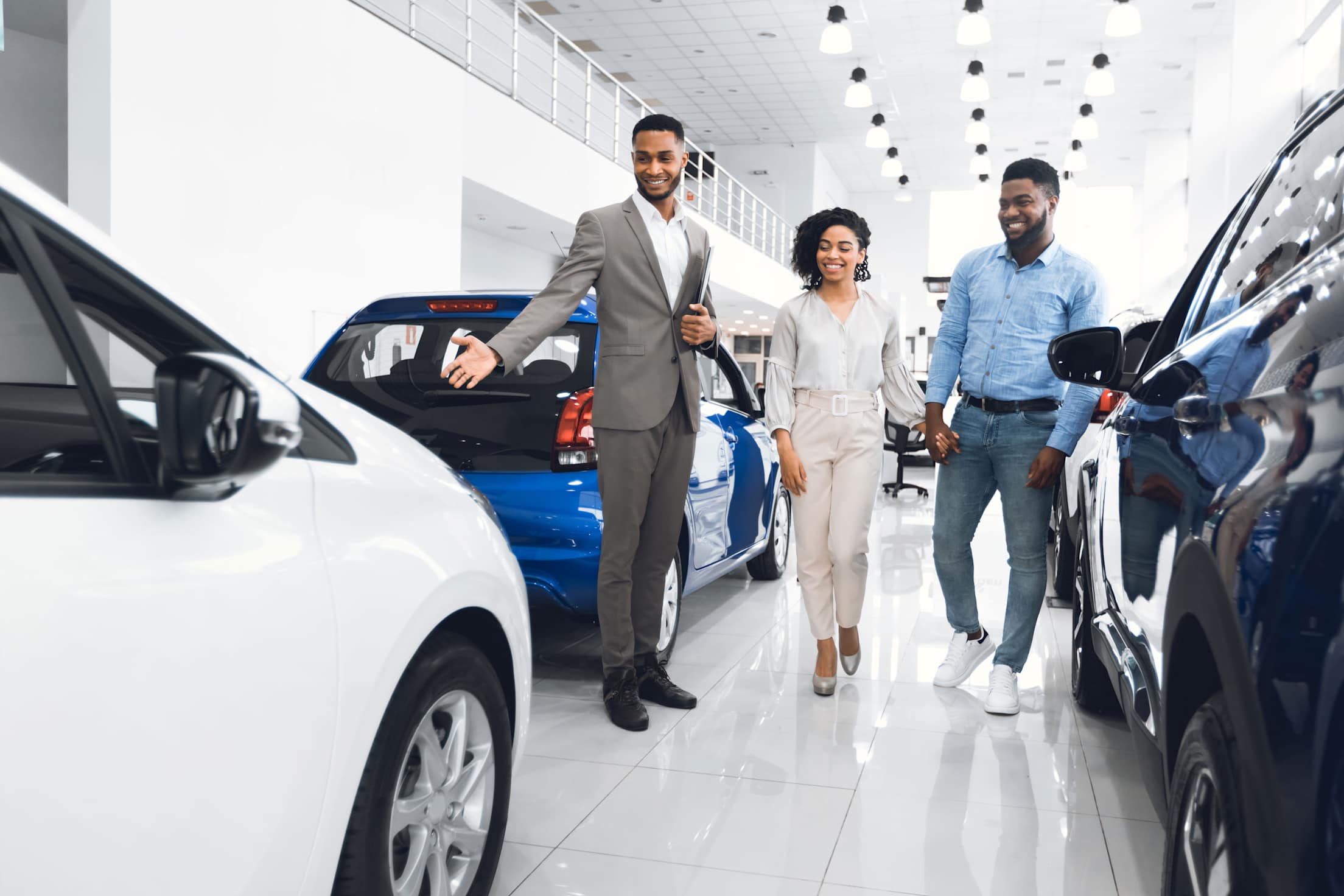
Should You Buy or Lease a Car?
The pandemic brings new considerations on car financing.

Thinking about a new car? While financing decisions are as uniquely personal as the purchasers themselves, buying usually beats leasing—even if you have to take out a loan. And that’s especially true in 2022.
Pandemic-related disruptions in supply and demand have depleted auto inventory and sent prices through the roof—and leasing has become even less popular. Only 23 percent of new cars were leased in December 2021, down from 31 percent in December 2019, according to the auto website Edmunds.com. With new cars practically driving themselves off the lot, dealers have less reason to incentivize leasing.
“Among luxury buyers, people tend to lease, rather than buy,” but with interest rates so low, “many will purchase rather than leasing,” says Ronald Montoya, Edmunds’ senior consumer advice editor. Others say leasing has dropped off because with new- and used-car prices so high, more people are extending their current leases or buying their car when the lease ends.
Still, there are reasons to lease, and it may be right for you. We break down the finance options to help you decide.
Buying with a Loan
When you finance the purchase of a new car, you make a down payment and then repay the rest over time. The average time until payoff is 5.5 years, according to Bankrate.com. Monthly payments include interest and principal.
The larger your down payment, the less interest you’ll pay over the life of the loan. When the loan is paid off, you own the car and have an asset you can keep, sell, or trade in.
Entering a Lease
With a lease, your monthly payment will include the difference between the car’s purchase price and its residual value—meaning its predicted market value at the end of the lease—spread over the term of the lease, typically three years. You are essentially paying for the car’s depreciation over the first three years, when it depreciates the fastest.
Making a larger up-front payment reduces your monthly payment but does not reduce what you’ll pay over the life of the lease, so Montoya recommends making the smallest up-front payment possible.
In addition to the depreciation charge, your monthly lease payment will include an interest charge (called the money factor or rent charge) and pro-rated sales tax.
The lease comes with a limited number of miles, typically 10,000 to 15,000 per year, although you might be able to negotiate more.

Buying a car and holding it at least until the loan is paid off is a better financial decision than leasing.
Exiting a Lease
At the end of the lease, you don’t own anything. You can purchase the car for its predetermined residual value or turn in the keys and walk away—after you’ve paid any end-of-lease charges. These could include excess mileage fees (typically 15 to 30 cents for each mile over your limit), fees for excess wear and tear, and a “disposition” or “turn-in fee” of a few hundred dollars.
Whether you buy or lease, you will pay for auto insurance, maintenance, and repairs not covered by the warranty. Your credit score can also affect the interest charge on your loan or lease payment and whether you’ll qualify for either.
Although car loans can be confusing and sometimes deceptive, leases are even worse, according to Rosemary Shahan, president of the nonprofit Consumers for Auto Reliability and Safety. “In general, consumer groups have said, ‘Leasing is fleecing.’ The terms are so opaque and complicated,” she says.
So why lease?
The main reason for leasing is that the monthly payment is usually lower than a loan payment, but that’s because you’re not building equity in the car. The average monthly car payment in the third quarter of 2021 was $506 for a lease and $617 for a loan, according to Experian.
So leasing could get you into a nicer car than you could buy. And if you want a new car every three years, leasing almost always beats buying, Montoya says.
Some people who leased cars before the pandemic are glad they did. Montoya leased a Mazda 3 in 2019. When the lease ends in October 2022, he could buy it for $15,000, the estimated residual value before prices surged. “I guarantee you I could not find a 2019 Mazda 3 with the miles on my car for that price. It would cost me $25,000,” he said. On the flip side, due to those supply-chain problems, “if you were to lease a car now and want to buy it three years later, you might find it’s not a good deal if prices go back to pre-pandemic levels.”
Greg McBride, chief financial analyst at Bankrate, says that for most people, buying a car and holding it at least until the loan is paid off is the better financial decision. “At that point, you are guaranteed to have equity in the vehicle,” he says. “Leasing is effectively a treadmill to nowhere. You are always in the business of making a car payment. At the end of the lease, you start over.”
That said, if you can’t stomach the price of new cars today, a lease can serve as a bridge to get you to a point a few years from now when it could be a better time for you to buy.
Make smart choices, whether you're buying, selling, insuring, maintaining, or repairing a vehicle.